Best Heating Practises
russh_nepa
17 years ago
Related Stories
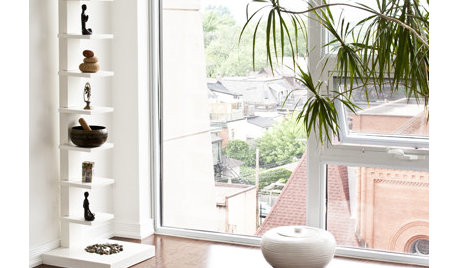
MORE ROOMSSink Into a Home Yoga Practice Space
Enrich your yoga practice with these ideas for setting a meditative scene in a room or nook of your home
Full Story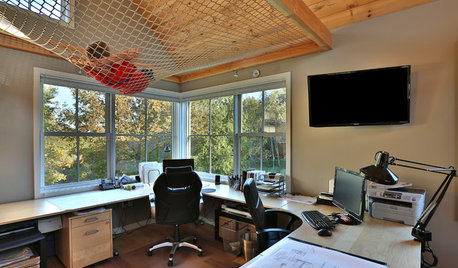
DESIGN PRACTICEHow to Set Up Your Design Studio at Home
Learn from an architect how to create a workspace that fuels your practice and feeds you inspiration
Full Story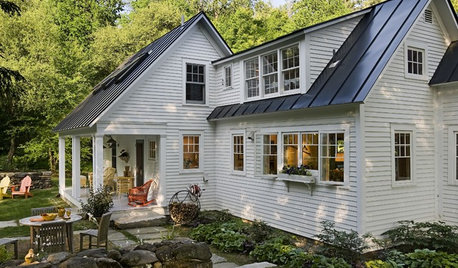
DESIGN PRACTICEContracting Practice: Marketing Your Business
To keep those projects rolling in, combine old-school techniques with the latest in high-tech networking
Full Story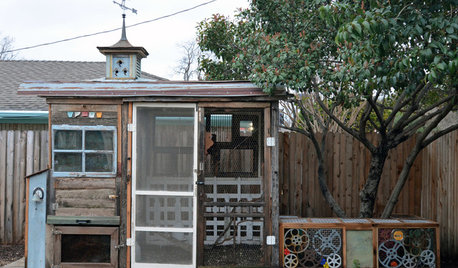
OUTBUILDINGSQuirky Meets Practical in a Dallas Chicken Coop
These hens have a stylish backyard coop built from recycled materials
Full Story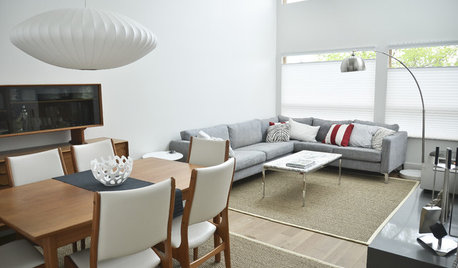
HOUZZ TOURSHouzz Tour: Practical Style for a Family Home in Calgary
Easy-clean textiles, ecofriendly materials and a newly open layout provide a Canadian family with comfort and practicality
Full Story
KITCHEN DESIGN16 Practical Ideas to Borrow From Professional Kitchens
Restaurant kitchens are designed to function efficiently and safely. Why not adopt some of their tricks in your own home?
Full Story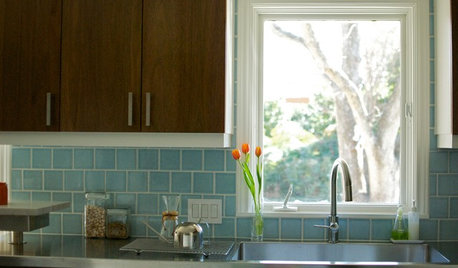
KITCHEN DESIGNKitchen of the Week: Practical, Budget-Friendly Beauty in Dallas
One month and a $25,000 budget — see how a Texas homeowner modernized her kitchen beautifully working with those remodeling constraints
Full Story
SPRING GARDENING7 Spectacular and Practical Spring-Flowering Trees
Put on a beauteous show in the garden with a landscape tree awash in flowers — just do your homework first
Full Story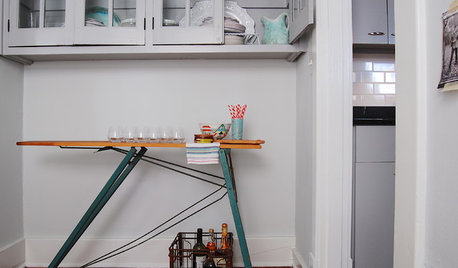
DECORATING GUIDESPractical New Uses for 23 Old Things
Junk? What junk? Those things cluttering up your storage space are home solutions waiting to happen
Full Story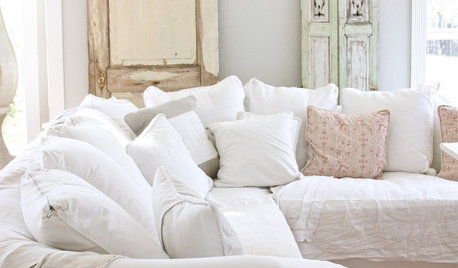
WHITEWhite Slipcovers for Pure Practicality
With a washing machine and bleach on your side, white slipcovers for couches and chairs keep your furniture looking pristine
Full StorySponsored






quirkyquercus
garden_knome
Related Professionals
Montgomeryville Landscape Architects & Landscape Designers · Norton Shores Landscape Architects & Landscape Designers · Fort Payne Landscape Contractors · Fuquay-Varina Landscape Contractors · Las Vegas Landscape Contractors · Lewisville Landscape Contractors · Melrose Park Landscape Contractors · Post Falls Landscape Contractors · St. Louis Landscape Contractors · Washington Landscape Contractors · West Chester Landscape Contractors · Hueytown Landscape Contractors · Brunswick Siding & Exteriors · Milford Siding & Exteriors · South Glastonbury Siding & Exteriorsnwl_me
russh_nepaOriginal Author
quirkyquercus
hillbillyhermit
russh_nepaOriginal Author
Eric_in_Japan
hillbillyhermit
led_zep_rules
hoghaven_duluthmn
bluebama
jaybc
wicoal
gtjon
beaglady
avenir.jim
patrick_organic
leigheichel